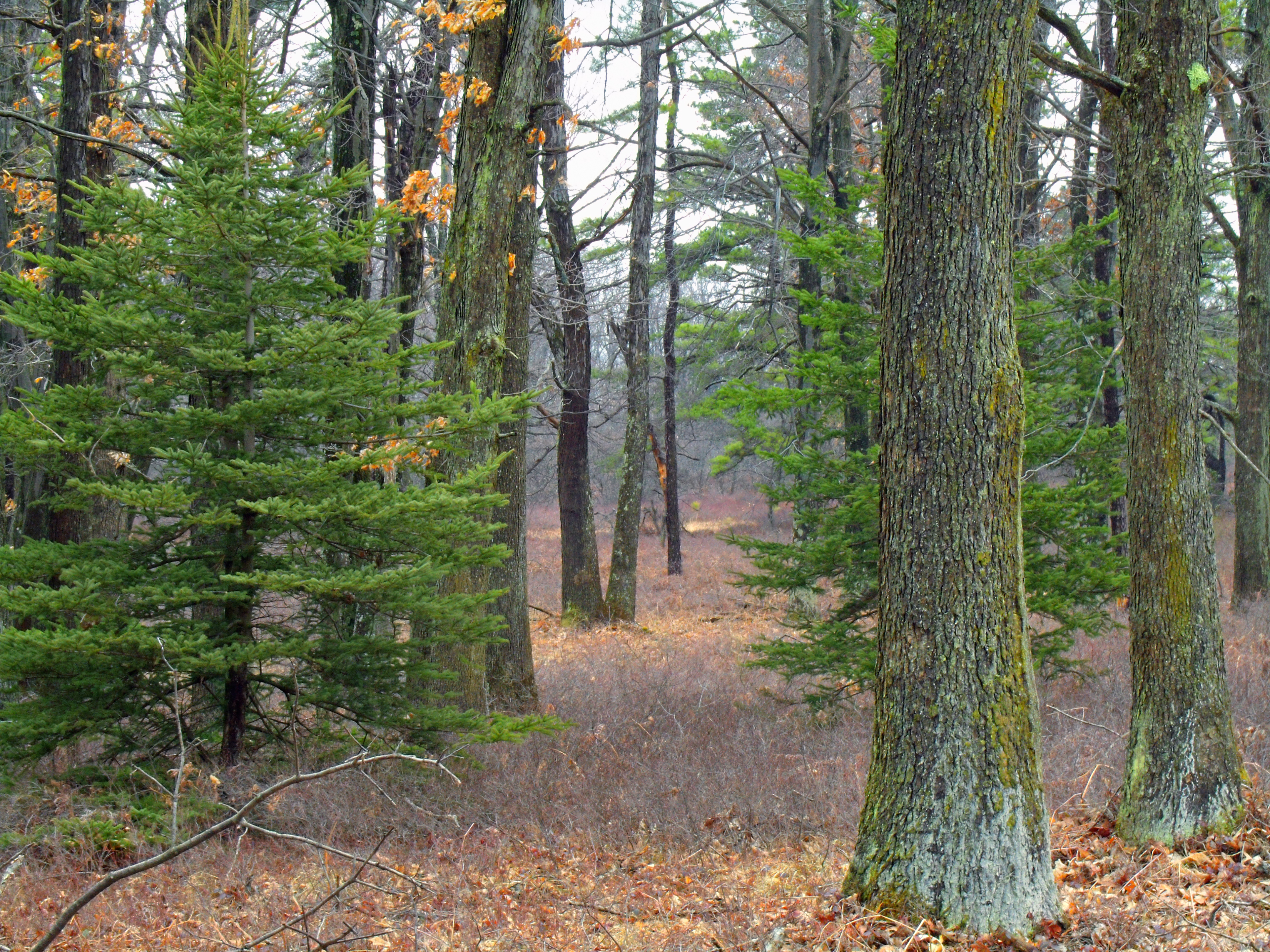How to Identify the 10 most common Genus of Trees
- Introduction to Tree Genus
- Broadleaf Trees Explained
- Coniferous Trees Explained
- Recognizing Fruit Tree Genuses
- Recognizing Ornamental Tree Genuses
- Palm Trees Explained
- Understanding Tree Diseases by Genus
- Impact of Seasonal Changes on Genus Identification
- Deciduous Trees Explained
- Genus Identification: Bark, Leaves, and Fruit
- Tree Age Determination by Genus
- Tree Care by Genus
- Wrap up and recap
Impact of Seasonal Changes on Genus Identification
Identifying Tree Genus by Seasonal Changes

Trees or shrubs that lose their leaves seasonally.
Seasonal changes can significantly impact the appearance of trees, making them a valuable tool in identifying different tree genuses. This article will guide you through the process of identifying trees based on their seasonal transformations.
Deciduous Trees in Autumn and Winter
Deciduous trees are known for their dramatic color changes in the fall. As the days shorten and temperatures drop, these trees stop producing chlorophyll, allowing other pigments to shine through. This results in leaves turning vibrant shades of yellow, orange, and red. Some deciduous trees, like the Sugar Maple, are known for their particularly stunning fall colors.
In winter, deciduous trees lose their leaves entirely. This bareness can make identification more challenging, but it also provides an opportunity to study the tree's structure. The branching pattern, bark texture, and any remaining fruits or seeds can offer clues to the tree's genus.
Evergreen Trees
Evergreen trees, as the name suggests, retain their foliage year-round. This constant greenery can be a helpful identification feature, especially in the winter months when deciduous trees are bare. Conifers, a common type of evergreen, have needle-like leaves and produce cones. The shape, size, and arrangement of these needles and cones can help identify the specific genus.
Fruiting and Flowering Seasons
The timing and nature of a tree's fruiting and flowering can also aid in identification. For example, cherry trees are known for their spectacular spring blossoms, while apple trees produce fruit in the late summer and fall. The size, shape, and color of the fruits and flowers can provide additional identification clues.
Seed Dispersal
Trees have various methods for dispersing their seeds, and the timing of this dispersal can be another identification tool. Some trees, like the dandelion tree, use wind dispersal and release their seeds in the fall. Others, like the oak, drop their seeds directly below them. Observing these patterns can help narrow down the tree's genus.
Case Studies
Let's look at a few specific examples:
- The White Oak (Quercus alba) has a rounded crown and produces acorns in the fall. Its leaves turn red or burgundy in autumn.
- The Eastern White Pine (Pinus strobus) is an evergreen conifer with long, soft needles grouped in bundles of five. It produces cones that mature in autumn.
- The Flowering Dogwood (Cornus florida) is known for its showy spring flowers. In the fall, it produces red fruits and its leaves turn a vibrant red.
By understanding these seasonal changes and characteristics, you can become adept at identifying different tree genuses throughout the year.